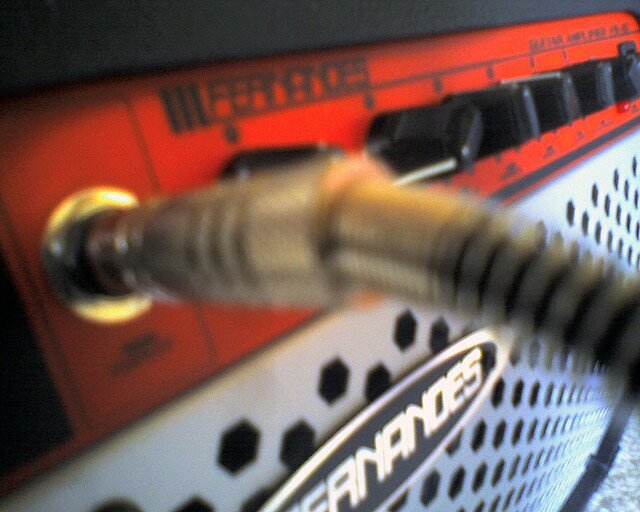
In the last few lessons we started to use some basic scales to create interesting phrases for the purpose of improvisation. So far we have kept these within one position, but unless you learn to combine positions together, you won’t be making the most from the scales you have learnt. By creating phrases that use notes over more than one position, you instantly have more scope to play longer, more interesting phrases.
In this lesson we will take a look at a few patterns and techniques that can help you play between phrases. Use these patterns as a guide but try and come up with some of your own as well.
The first link we look at will take you from the root note half way through position one of the blues scale, to the b5th at the top of position two. This will sound great both ascending or descending. If you chose to ascend the pattern, make sure you backtrack to finish on the root note…NOT the b5th. See the TAB and video for a suggestion.
The next pattern we will look at links the pentatonic minor positions one and two. This is a slightly larger pattern than the one before. There is one extra note added from the 5th position (below position one), don’t worry about this, it’s just there to aid the way the pattern flows. As with the example before, this one can sound great both ascending and descending. You may choose to play the whole thing in one fast swoop, or break it up into two slower funky chunks! It’s completely up to you what you do with it, just try and finish on an appropriate note. Again, take a look at the Tab and look at the video for a suggestion.
RELATED One Octave Pentatonic Major Scales
Another great way of including notes from other positions is to bend a note at the top of a position. If you look back to the previous lesson you can see a detailed explanation of how to bend notes and make the most of this technique.
Below is an example of how you can bend from a note in position one of the A pentatonic minor scale to a note in position two. Here you bend the b7th in position one up a full tone (2 frets) to the root note in position two. This is a really good way to end a solo, especially if you are playing nice and high on the neck as you can get end with a great screaming bend!!!
And here is an example of how this can fit onto the end of a phrase:
Now let’s put these patterns into action with another 12 bar blues progression in A. Once again you have one backing track with a suggestion on how to implement the patterns and the next one is a blank canvas in which you can improvise over.
image credit – Akira



